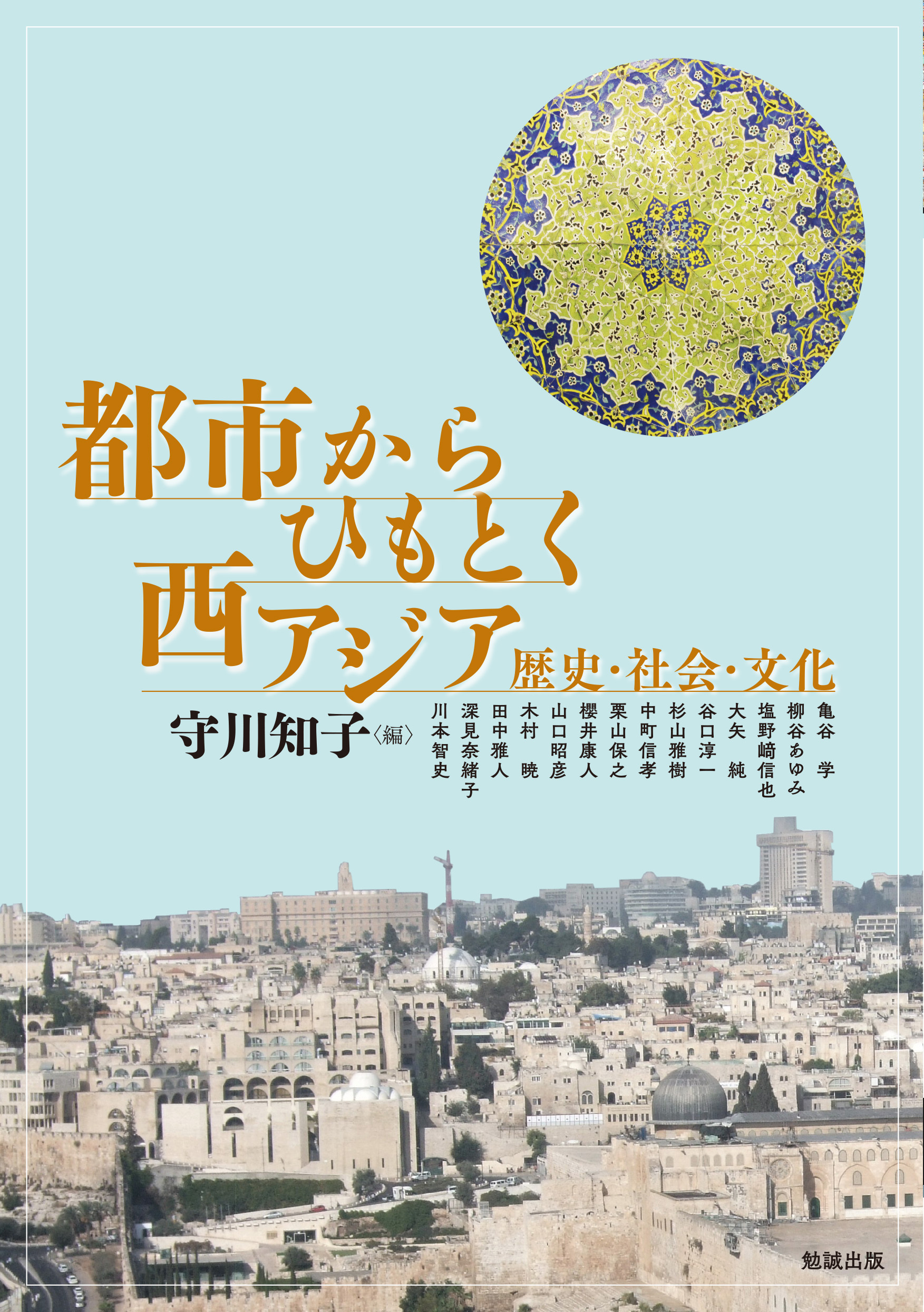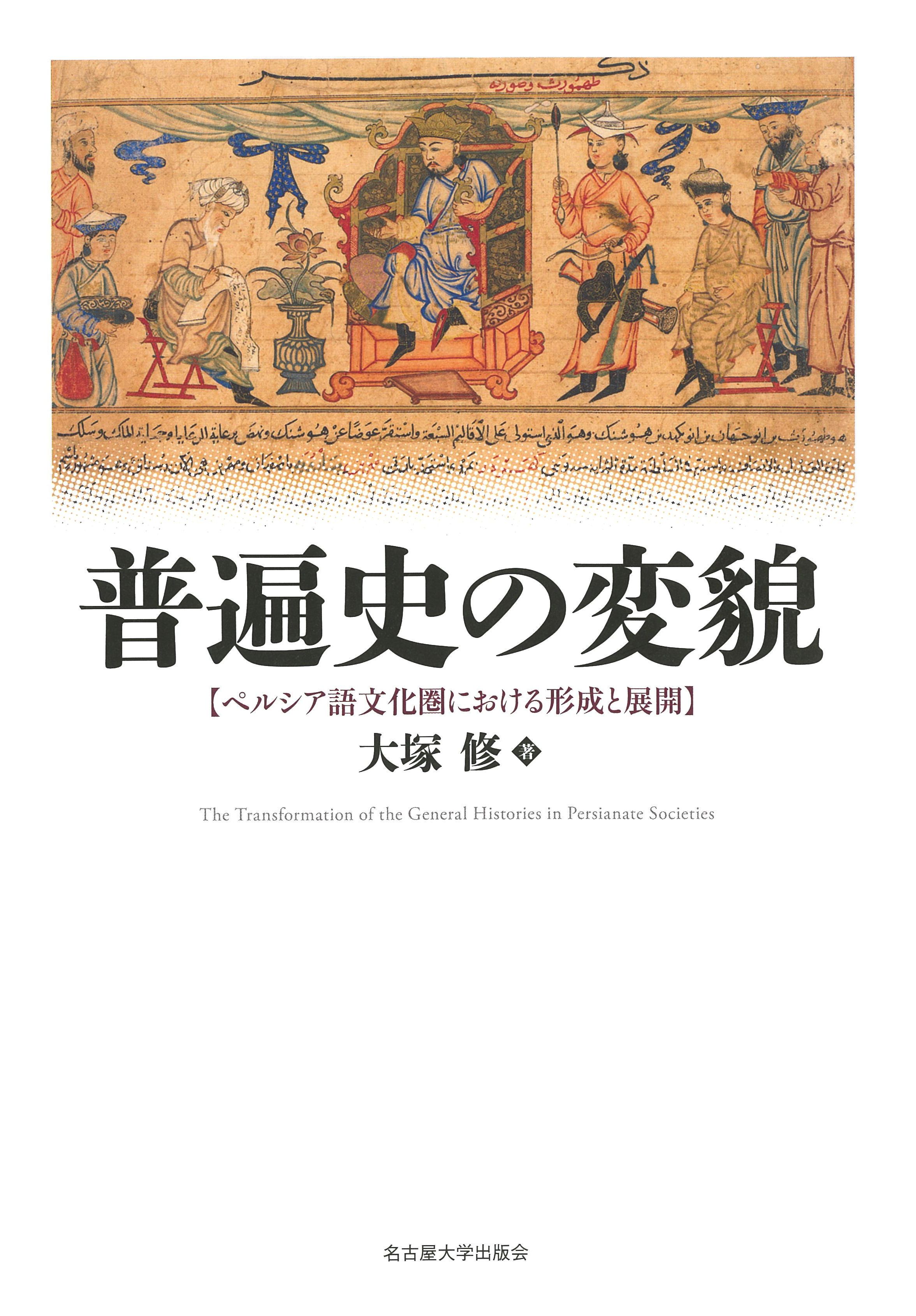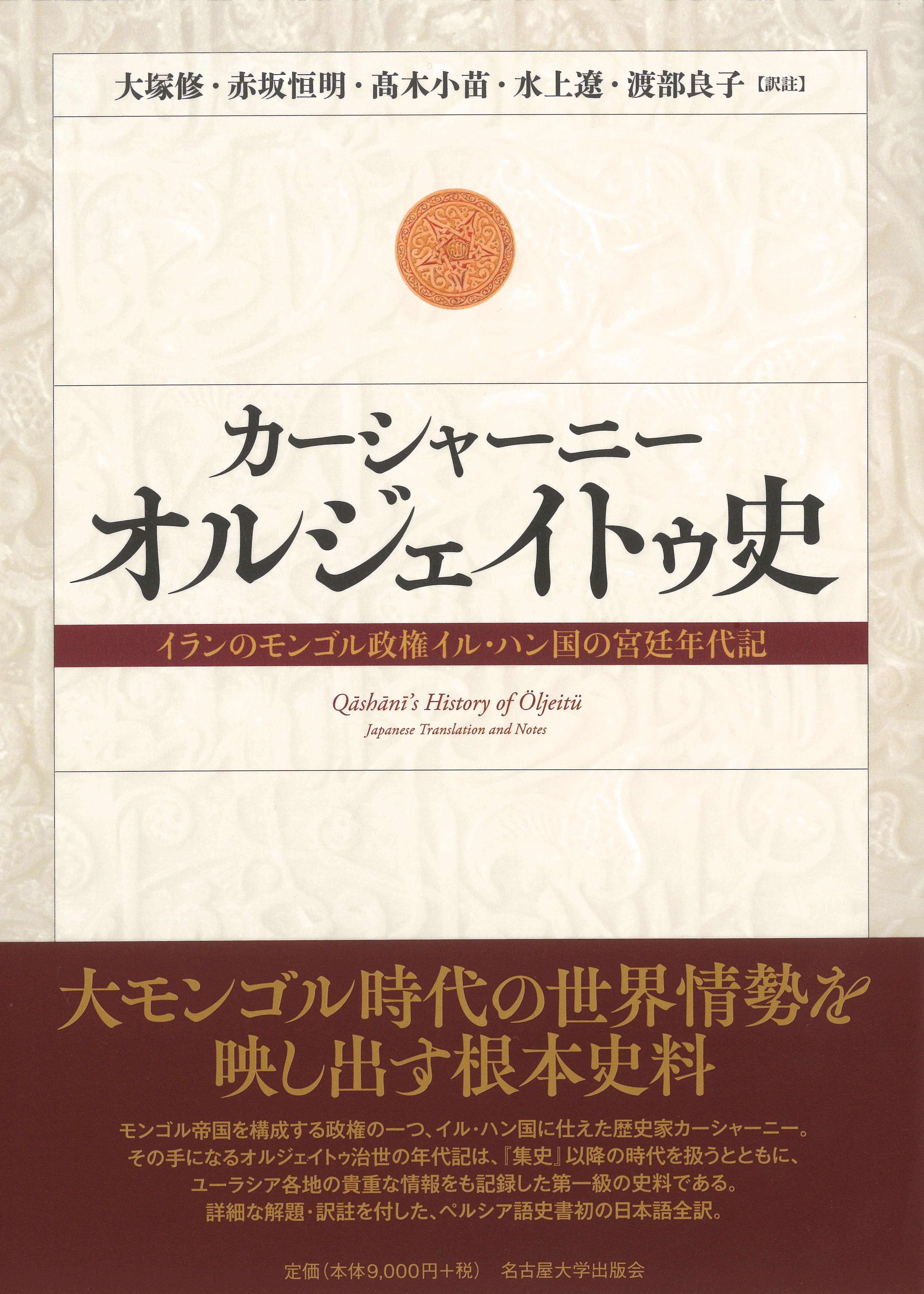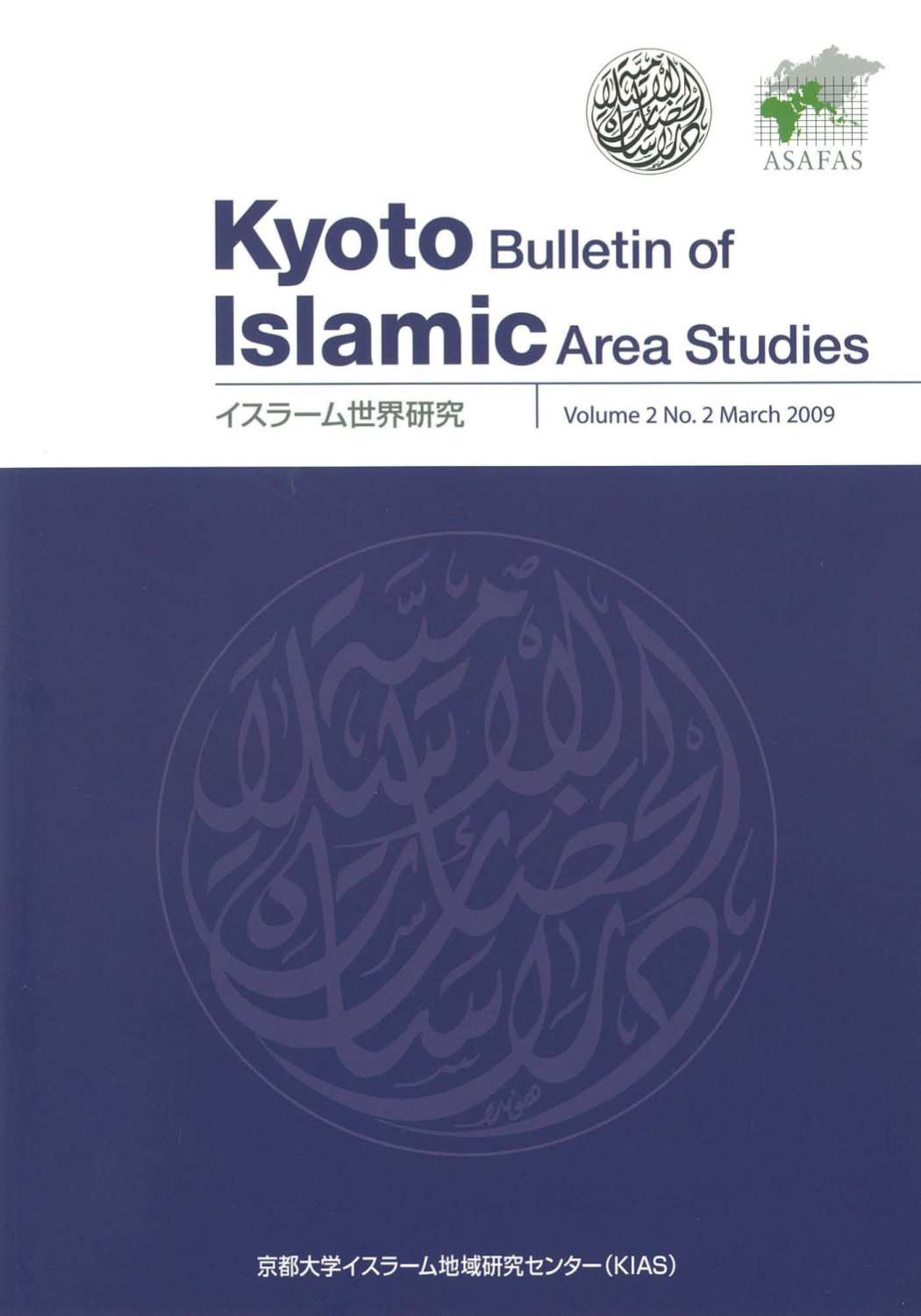
Title
Asia Yūgaku Toshi kara himotoku Nishi-Asia (West Asia Deciphered through Cities - History, Society, and Culture)
Size
272 pages, A5 format, softcover
Language
Japanese
Released
December, 2021
ISBN
978-4-585-32510-9
Published by
Bensei Shuppan
Book Info
See Book Availability at Library
Japanese Page
This book is an anthology that deciphers West Asian history and society through cities. It contains fifteen articles (including three stand-alone columns on port cities) describing city construction, urban life, urban policies, and major capital cities from the seventh century to the early twentieth century, namely, Basra, Mosul, Ganja, Masqat, Aleppo, Herat, Gaziantep (‘Ayntab), Aden, Jerusalem, Sanandaj, Bukhara, Haifa, Isfahan, Cairo, and Istanbul.
Urban civilizations and city states have flourished in West Asia since ancient times. The cities of this region, which belongs to the mid-latitude arid zone, were equipped with city walls, inside which religious facilities such as temples and shrines (and later churches and mosques), commercial spaces in the form of marketplaces (suqs or bazaars), residential quarters, and citadels or palaces were built. Each city was situated within several networks, such as those of surrounding villages and highways, and functioned as the linchpin of local society and a base for long-distance trade. Additionally, from the Islamic period onwards a great diversity of people, including, in addition to Muslims, Christians, and Jews, also travellers and foreign merchants, lived in these cities. The cities of West Asia (or the Middle East) tend to be associated with only Islam and in the past have been discussed from this single perspective, but from this book it can be learnt how people with various backgrounds interacted with each other within the confined spaces of cities and thereby shaped the cities and urban society.
The appearance of cities changes with the passage of time. The fifteen articles in this book examine urban society from many angles while deciphering textual sources, illustrations, and maps, and they explore their history and culture that have been passed down to the present day and depict the diverse appearance of the colourful and fascinating cities of West Asia.
The cities taken up in this book, from Afghanistan in the east to Egypt in the west, are varied with different characteristics and include commercial cities, academic cities, cities for gourmets, tourist cities, cities centred on a military camp, fortified cities, port cities, international cities, frontier cities, and cities embodying a ruler’s ideology. The subjects of analysis are also wide-ranging, focusing on functional aspects or political aspects or else on the people living there, religious facilities such as madrasas, churches, mosques, and tombs, marketplaces and caravanserais, or city planning such as city blocks, streets, and subdivisions.
Further, by reading this book, one can gain an overview of the political history of West Asia, starting with the conquests by Arab-Muslim armies in the seventh century and passing through the age of the Crusades, the tenth to thirteenth centuries when the Abbasid caliphate weakened and many regional polities arose, the Mamluk sultanate in the west and the Timurid sultanate in the east after the campaigns of the Mongols in the mid-thirteenth century, the early modern empires of the Safavids and the Ottomans, and the advances of Napoleon and Russia in the eighteenth to nineteenth centuries, down to modern times. In this respect, this book can also be regarded as a new general history of West Asia that differs from past introductions to the subject. In the course of this history, a great many people, both well-known and unknown, make an appearance. Light is shed not only on famous sovereigns and governors but also on nameless merchants, craftsmen, scholars, saints, soldiers, people of repute, students, bureaucrats, and so on. Depicting the trajectories of the lives of ordinary people who are left out of general histories and introductory works is one of the real pleasures of historical research dealing with cities and urban societies, and it represents an epoch-making aspect of this book.
There is the search for coexistence with one’s neighbours in cities, and also the military, political, economic, and cultural involvement of rulers in cities. There are people who are heirs to traditions nurtured in cities and pass them on to other cities and to posterity. This book is a new experiment in historical research that focuses on people and society in cities and draws closer to their essence with a view to highlighting this dynamism of cities.
(Written by MORIKAWA Tomoko, Associate Professor, Graduate School of Humanities and Sociology / 2022)
Related Info
C01: West Asian Cities from the Middle period to the Modern period - Research Group 05:
Historical research on the urban structure of West Asian “Islamic cities” [Project Leader: MORIKAWA Tomoko] (MEXT Grant-in-Aid for Scientific Research on Innovative Areas (Research in a proposed research area) 2018-2022 “The Essence of Urban Civilization: An Interdisciplinary Study of the Origin and Transformation of Ancient West Asian Cities”)
https://rcwasia.hass.tsukuba.ac.jp/city_EN/projects_EN/c01_EN.html



 Find a book
Find a book




